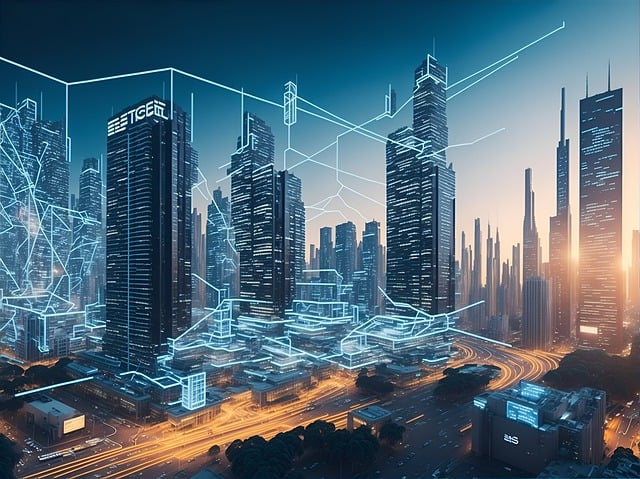AI climate control systems are revolutionizing the dining experience by personalizing environmental settings based on individual preferences and real-time factors, such as lighting, temperature, and music. These solutions leverage machine learning algorithms to optimize ventilation, heating, and cooling, enhancing customer satisfaction while promoting energy efficiency and cost savings for restaurants. With advancements in AI technology, these intelligent systems are gaining traction globally, integrating seamlessly with existing HVAC systems to offer sustainable solutions that adapt to changing conditions throughout the day. Implementing AI climate control offers significant advantages, including data-driven optimization and personalized experiences, but comes with challenges like data privacy, security, and regulatory compliance.
“Revolutionize your dining experience with the power of Artificial Intelligence (AI) and its role in climate control. This article explores how AI business machine learning models can transform restaurant environments. We delve into understanding AI’s capabilities, specifically focusing on climate control applications in eateries.
Learn about developing advanced machine learning models to optimize temperature, ventilation, and ambiance. Additionally, discover the benefits and challenges of implementing AI solutions, providing a comprehensive guide for businesses aiming to enhance customer comfort and satisfaction.”
- Understanding AI and Its Role in Dining Environments
- Developing Machine Learning Models for Climate Control
- Implementing AI Solutions: Benefits and Challenges
Understanding AI and Its Role in Dining Environments

Artificial Intelligence (AI) is transforming various industries, and its impact on dining environments is no exception. AI-powered solutions are revolutionizing how restaurants operate, from streamlining kitchen processes to enhancing customer experiences. One prominent application of AI is in climate control systems, particularly for maintaining optimal dining conditions.
By leveraging machine learning algorithms, AI can adapt to individual preferences and real-time environmental factors. For instance, it can adjust lighting, temperature, and even music based on customer choices, creating a personalized atmosphere. This level of customization not only improves customer satisfaction but also contributes to energy efficiency. AI climate control systems can predict and optimize ventilation, heating, or cooling requirements, leading to significant cost savings for restaurants while ensuring a comfortable dining experience.
Developing Machine Learning Models for Climate Control

Developing machine learning models for climate control in dining environments is a growing trend driven by advancements in AI technology. These intelligent systems are designed to optimize temperature, humidity, and airflow, creating an ideal atmosphere for patrons while reducing energy consumption. By leveraging historical data and real-time sensors, models can predict and adapt to changing conditions throughout the day, ensuring consistent comfort levels.
AI climate control algorithms integrate seamlessly with existing HVAC (Heating, Ventilation, and Air Conditioning) systems, allowing for precise adjustments based on occupancy, time of day, and external weather forecasts. This not only enhances customer satisfaction but also contributes to sustainability goals by minimizing energy waste. With the rise of smart restaurants embracing these innovations, AI-driven climate control is poised to become a standard feature in dining establishments worldwide.
Implementing AI Solutions: Benefits and Challenges

Implementing AI solutions in businesses, particularly in areas like climate control for dining environments, presents a plethora of benefits. These intelligent systems can analyze vast amounts of data to optimize temperature and humidity settings, ensuring an ideal experience for diners while minimizing energy consumption. By learning from patterns and preferences, AI models can adapt and personalise environmental conditions, creating a unique and comfortable space. This not only enhances customer satisfaction but also contributes to sustainability goals by reducing waste and operational costs.
However, challenges exist when integrating AI into such systems. Data privacy and security become paramount as these models rely on collecting and processing sensitive user information. Ensuring compliance with regulations like GDPR is essential to maintain trust. Additionally, the initial setup and training of machine learning models can be resource-intensive, requiring substantial time and expertise. Businesses must invest in robust infrastructure and skilled personnel to overcome these hurdles and harness the full potential of AI technology for climate control and beyond.
AI and machine learning have the potential to revolutionize climate control in dining environments, enhancing customer experience and operational efficiency. By understanding the role of AI, developing tailored models, and addressing challenges, restaurants can leverage these technologies to create comfortable atmospheres and optimize energy usage. AI climate control for dining environments offers a sustainable and intelligent approach to managing indoor temperatures, ensuring patrons enjoy their meals in the perfect setting.
